Working Practices: a collaboration with Clark House Initiative
–
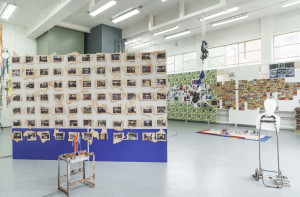
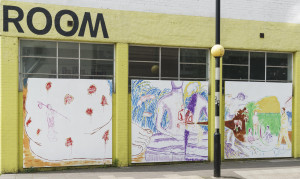
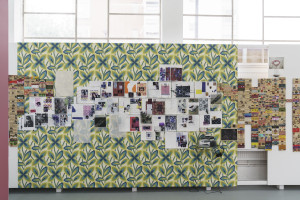
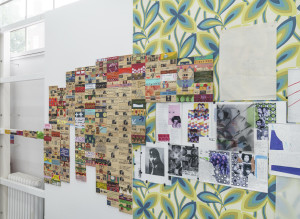
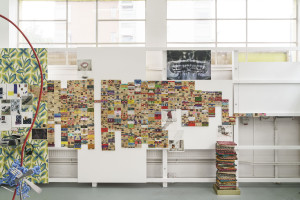
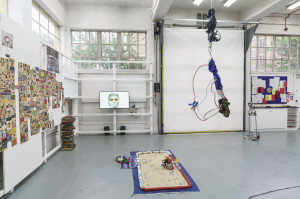
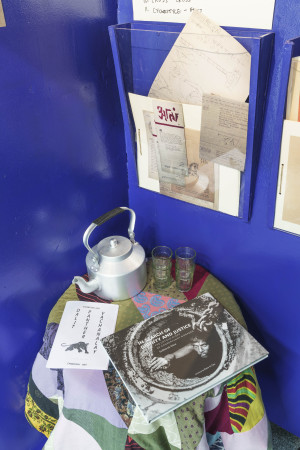
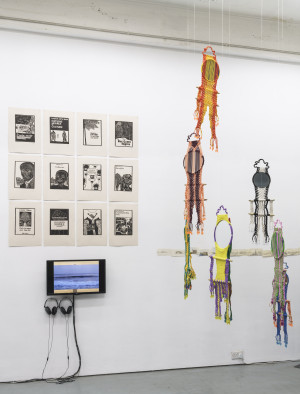
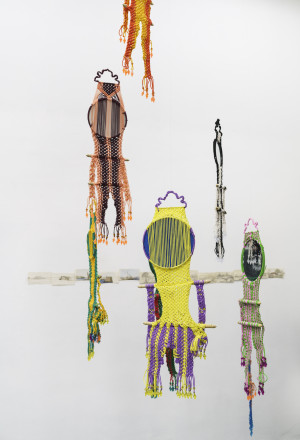
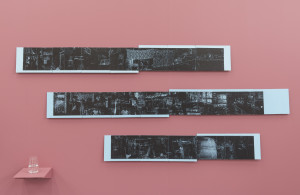
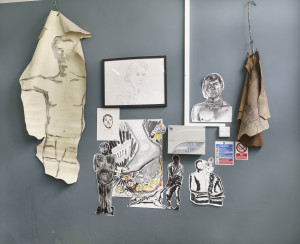
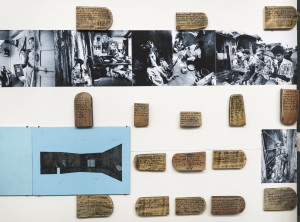
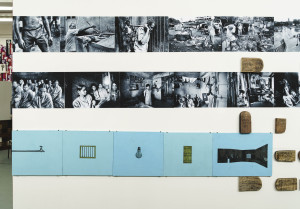
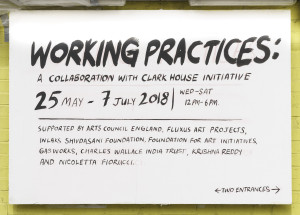
Downloads
Curated by Prabhakar Kamble and Clark House Initiative with works by Amina Ahmed, Camille Aleña, Judy Blum Reddy, Yogesh Barve, Nayantara Bhatkal and Shrujana Niranjani Shridhar, Julien Creuzet, Rajyashri Goody, Ayesha Hameed, Tom Humphreys, Hamedine Kane, Rani Khanna, Ranjeeta Kumari, Saleh Lô, Sarika Londhe, Saviya Lopes, Niccolò Moscatelli, Parashai Naik, Jithinlal NR, Amol K. Patil, Savita Prashant, Sumesh Sharma, Sudharak Olwe, Tejswini Sonawane and Jihan El-Tahri.
During May 2018 Clark House Initiative will inhabit The Showroom, bringing with them an approach to art production and discourse that is based on communitarianism and a rootedness within their specific urban context of Mumbai, and an informal sociality that is at the heart of their working practice. Clark House has fostered a unique institutional model, integral to which is close collaboration and support between artists and the development of distinctive thematic curatorial projects, working with ideas of freedom and strategies of equality.
The exhibition has grown out of a dialogue between the artists and curators that touches on undercurrents of caste, class and Blackness within the artists’ practices, drawing on the connections between the British Black Arts movement and Indian contemporary art. In particular the exhibition features a number of artists whose practice concerns Dalit politics.
Amol K. Patil and Yogesh Barve present an archive of social housing established in Bombay, which will be developed further in relation to The Showroom’s neighbourhood. Patil will also reinterpret the archives of the Dalit Panthers, with whom he has familial links, his father having been a member. Yogesh Barve will investigate Dalit literature and its relationship to the Dalit Panther Party along with Nayantara Bhatkal and Shrujana Niranjani Shridhar. Patil, Barve, Sudharak Olwe and Savita Prashant explore the vocations of Dalits that were reserved for them during the tenure of the caste system, a discrimination that has been socially transformed into professions such as manual scavengers, cobblers, musicians and cremation groundkeepers.
Through a residency at Gasworks Jithinlal N R will research the British Black art movement; work by Saviya Lopes investigates the hierarchy among the Catholic bishops in India which then reveals the situation of Dalit Christians in India; and Ranjeeta Kumari has collaborated with more than twenty women from her locality creating a mosaic of tiles made from their discarded sarees as they sing songs which she has recorded as a performance.
Other artists in the exhibition include Jihan El-Tahri who comments on the politics of decolonisation from the space of the personal using her archives that are mapped on x-rays of her teeth and skeleton, discussing the complexity of the variables that unite and divide independent Africa. A career that spans more than three decades narrate its political stance from the space of the personal that then defines her practice. Decoloniality does not remain a space of ideology but of personal action and lived experience.
Hamedine Kane and Tesjwini Sonawane collaborate on a set of woodcut prints that are drawn from a collection of books that use the words ‘negre’, ’ black, and ‘noire’ by various authors including Cheikh Anta Diop, Frantz Fanon and James Baldwin amongst others. Kane bought these from young boys who hawked them on the beaches of Dakar to visiting tourists from Europe. Unable to read the books, the boys would carry them on their heads - a performative act that Kane derives an aesthetic from, which he also implements in the woodcut prints as a reminder of revolutions to come, calling himself the ‘Salesmen of Revolts’. With the London-based artist Ayesha Hameed, Kane maps the shores between Dakar and the Caribbean, where the Atlantic was once tread by slaves from African and Indian identured labourers, and is also a path of migrants moving towards Europe. A montage of footage and words forms poetry that discusses our inability to grasp the precarious nature of human life disturbed by geo-political tectonic plates in the twenty first century.
Parashar Naik initiates the idea of relief from the political stance and nationalistic posturing by providing sculpture that is derived from commonly found products bought from pound shops, wires and kinetic elements , tied together to comment on exaggerated claims of self-sustained technological innovation in India and a falling stance in public for the rights of people considered on the margins. Naik’s sculpture is constructed by materials derived from in and around Edgware road by Amol K Patil, Saviya Lopes and Yogesh Barve, who have been in an aesthetic and conceptual conversation with Naik since their time at art school.
Collaborating with Sarika Londhe and Tom Humphreys, Camille Aleña will create sculpture made out of colourful synthetic ropes that are used to weave pot holders, mirror frames and other objects by women who live in the suburbs of Bombay to augment their incomes. Aleña creates a structure that either celebrates or laments the aesthetics of equality and accessibility so commonly promised in architecture.
Saleh Lô paints portraits to protest discrimination based on miscegenation. Apart from modern day slavery which is prevalent in Mauritania, children born of Black and Moorish unions are excluded from societal social intercourse. Lô, himself of mixed race, learnt how to paint through lessons on YouTube, using his skills to primarily paint portraits. Amina Ahmed, born in Uganda to Turkic-Indian parents, revisits a collated notebook of some of her favourite Black singers. Her work is in conversation with Judy Blum Reddy’s immense mural I am Afraid of Americans!, which is a biographical critique that spans her lifetime, drawn over two years, discussing the destruction brought about by the assumption of majoritarian identities in popular culture. Prabhakar Kamble’s installation animates the coopting of the Dalit Ambedkarite Movement by both the political left and right despite their collusion in maintaining upper caste hierarchies in all realms of power.
The exhibition has been generously supported by Arts Council England, Krishna Reddy, Nicoletta Fiorucci, Fluxus Art Projects, Inlaks Shivdasani Foundation, Foundation For Art Initiatives and Experimenter Kolkata. Jithinlal N R’s residency at Gasworks is supported by the Charles Wallace India Trust and Inlaks Shivdasani Foundation.